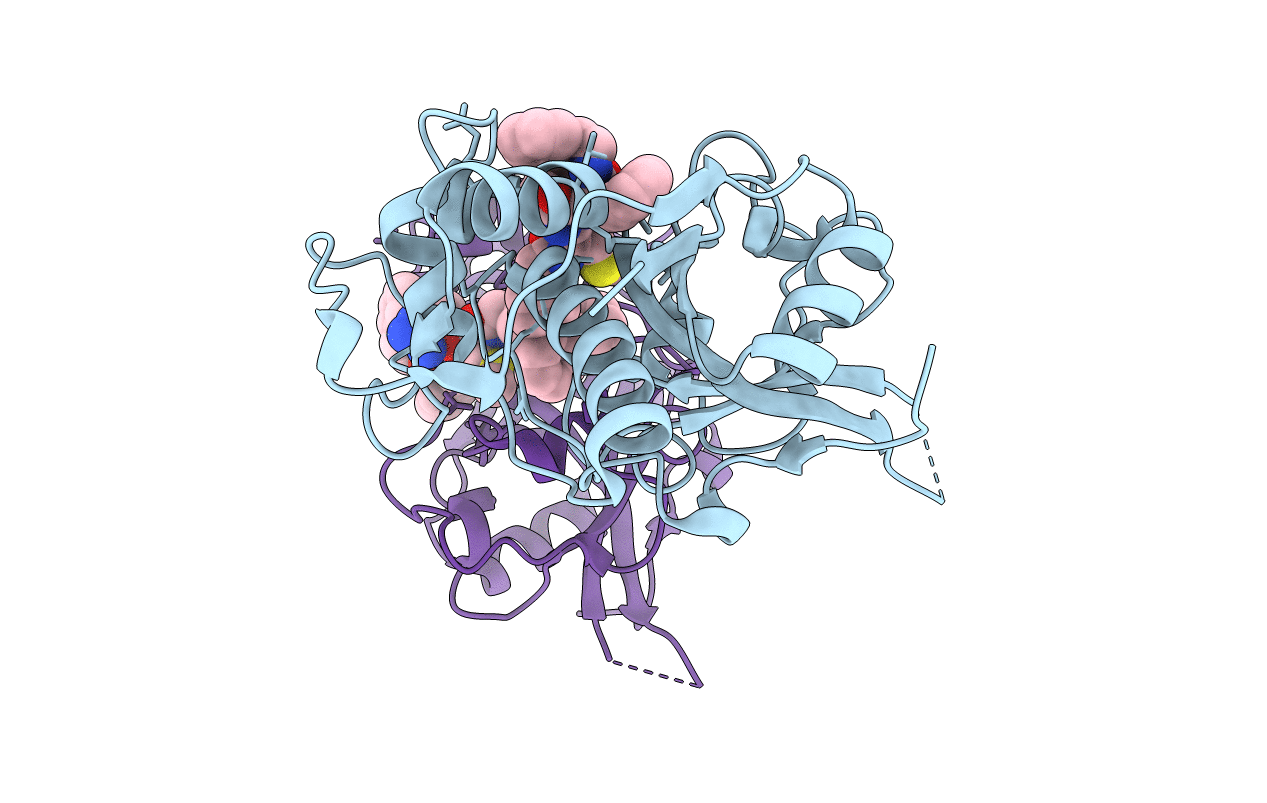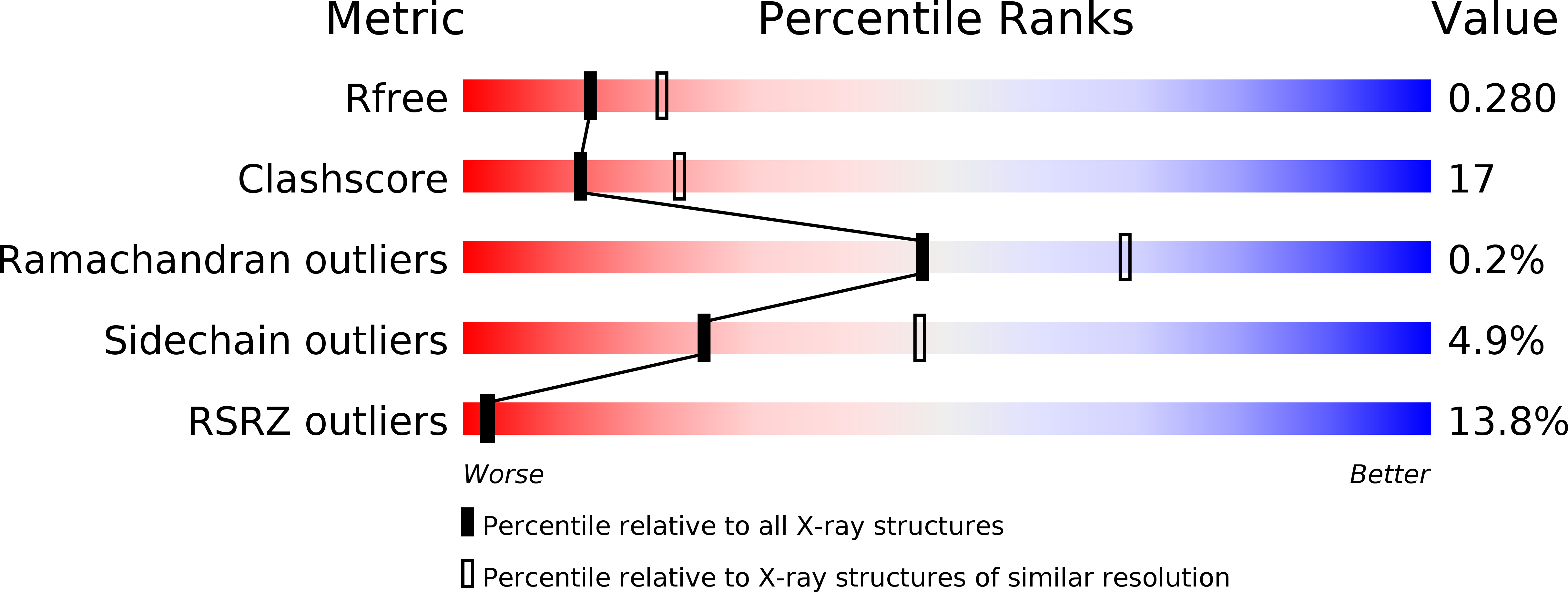
Deposition Date
2009-04-29
Release Date
2009-10-20
Last Version Date
2024-10-16
Entry Detail
PDB ID:
3H8C
Keywords:
Title:
A combined crystallographic and molecular dynamics study of cathepsin-L retro-binding inhibitors (compound 14)
Biological Source:
Source Organism:
Homo sapiens (Taxon ID: 9606)
Host Organism:
Method Details:
Experimental Method:
Resolution:
2.50 Å
R-Value Free:
0.29
R-Value Work:
0.23
Space Group:
P 21 21 21


